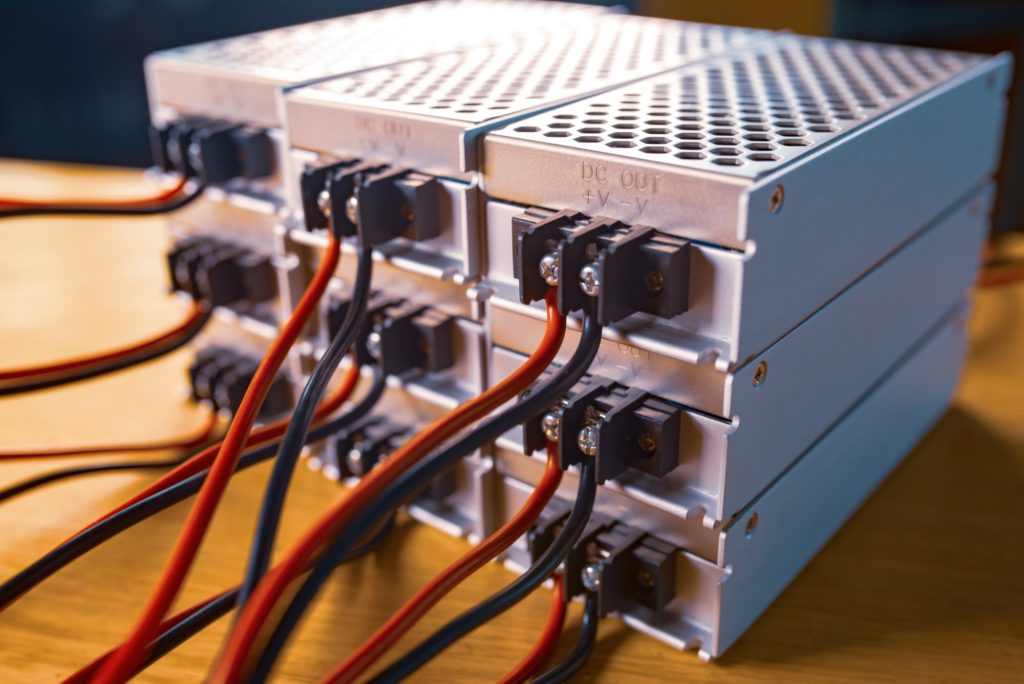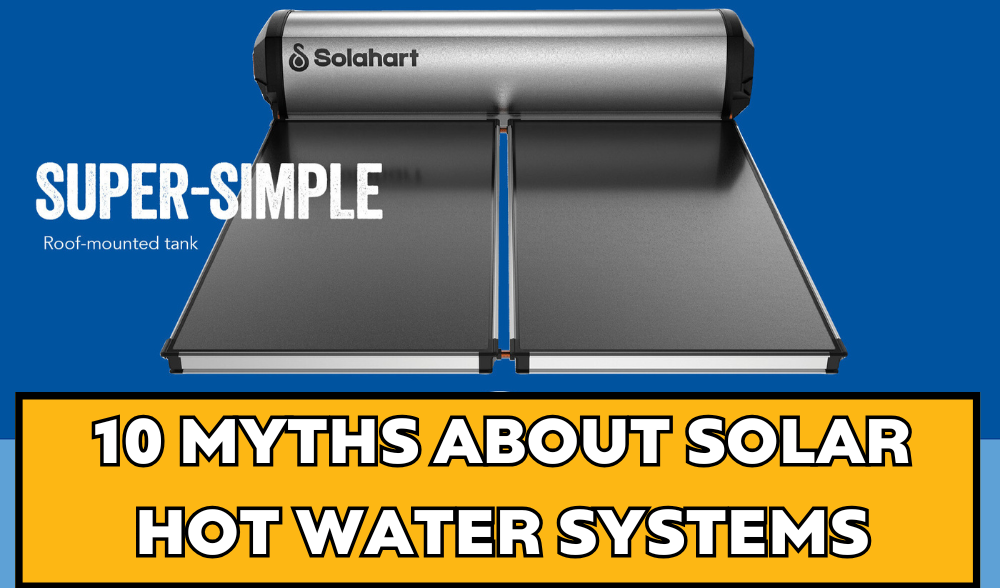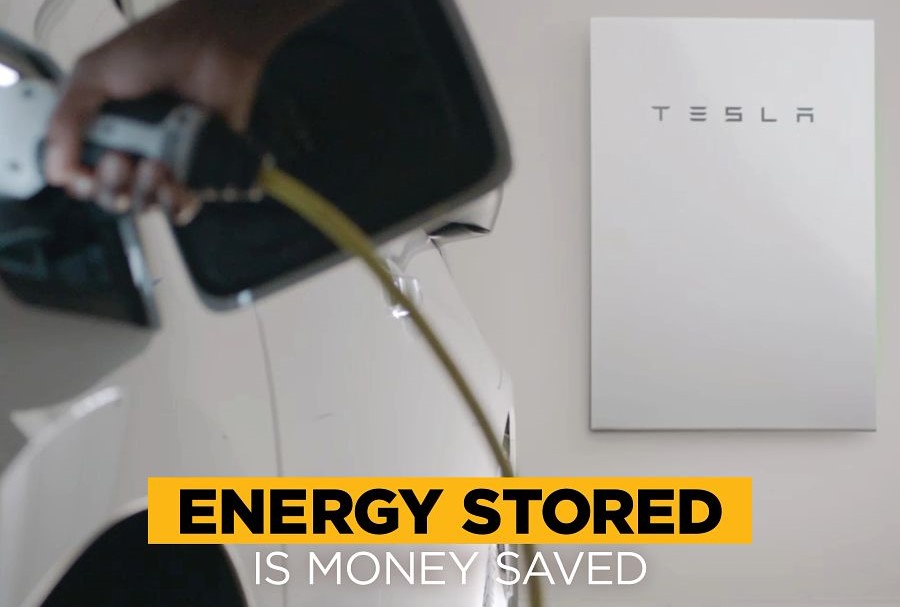Producing electricity from solar systems has a lot of benefits for users.
Not only can you save money, but you are also helping out the environment by using a renewable source of energy.
However, one drawback with solar systems is that they do not produce electricity around the clock.
Once the sun has set, you can no longer generate any energy.
Though that may be the case, there are many solutions to enable you to store the energy that solar systems produce throughout the day.
This article will go through the different ways you can store power created by a solar system.
Different Ways to Store Solar Power
While having renewable energy is a big plus, it would not be too beneficial for users if they cannot access the energy.
Here are the different energy storage methods for power generated from solar systems: Solar Batteries
One well-known way of storing solar power is through the use of batteries.
There are many different types of batteries available on the market, but the two most common types used are lead-acid batteries and lithium-ion batteries.
Lead-Acid Batteries
These batteries have a high tolerance against corrosion and can be discharged deeper than other battery types without affecting their performance over time—making them reliable and effective.
Lead-acid batteries are usually seen as the more cost-effective choice of the battery given their relatively low cost to performance ratio compared to other batteries.
One downside to using standard lead-acid storage systems is that it takes up a lot more space compared to other battery technologies on the market today.
This makes them difficult to implement onto your home where there might not be enough space.
Additionally, lead-acid batteries also last for a relatively short time: only for around 5 to 10 years.
Lithium-Ion Batteries
These are newer types of batteries that have become more popular in the market.
This kind of storage system does not lose power even after multiple years—making them ideal for long-term solar energy storage.
Lithium-ion batteries also only take up less space when compared to lead-acid battery systems. Because they are more energy-dense, they can be smaller while holding the same amount of power.
They also last for a longer time—with these batteries lasting for around ten or more years.

Alternative Storage Methods
While batteries are the main way to store power from solar systems, they are not the only ones available on the market. Here are some more ways of storing solar energy.
Compressed Air
By using electricity from a solar system, a compressed air storage method uses a compressor to pump a vessel with air up to high pressure.
The storage vessels used in this application are commonly large tanks. If electricity needs to be used from this system, the high air pressure is released to drive a turbine generator, creating electricity for a home.
Thermal
This type of storage method uses the energy created by solar systems to store electricity in the form of heat. In particular, it uses fluids like water or molten salt to store the heat.
A solar system converts the electricity into heat which can then be tapped for later use. One good way of using thermal storage is for household water heating needs.
Pumped-Storage Hydropower
This method works similarly to the compressed air system. However, instead of using air, it uses water stored in an elevated reservoir.
Pumps are used to send water up to a reservoir. If energy is required, then the reservoir opens up, and the stored water flows down into a water turbine generator. The turbine generator then produces electricity as the water flows and turns the turbine.
Solar Fuel
Solar fuels are conventional fuels created from electricity generated from solar energy. This system produces power-dense chemicals—like hydrogen or hydrocarbons—from water, carbon dioxide, or nitrogen.
The process could be thought of as artificial photosynthesis because it only uses water or carbon dioxide mixed with sunlight to create better energy sources.
One method is also through electrolysis, where water is pumped with electricity to produce hydrogen.
Solar fuels are long-lasting, easily stored, and energy-dense. However, one thing to note here is that this method is still actively being developed.
Final Thoughts
Solar power is a great thing to have for any home. They provide many pros while suffering from relatively few cons.
However, the energy created by solar systems has to be stored if it is not consumed immediately.
Technological advancements have created many ways to store solar power.
As a result, multiple storage solutions are available to solar system owners, and it just depends on their preference and use-cases.






